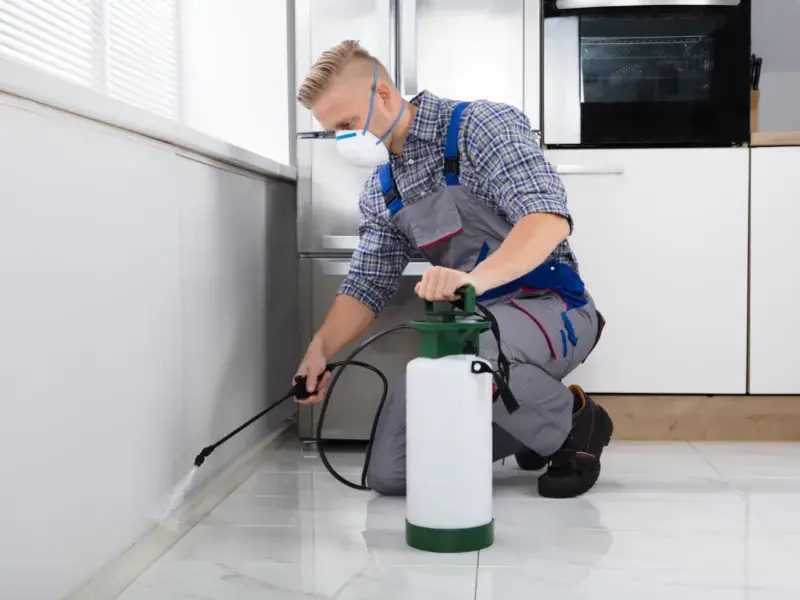
Unveiling the Secrets of Effective Pest Control: A Holistic Approach
Introduction (50 words): Pest control is an essential aspect of maintaining a healthy and comfortable living environment. However, traditional methods often fall short in providing long-term solutions. In this article, we will explore a unique and holistic approach to pest control that goes beyond mere eradication, focusing on prevention and sustainable practices.
Section 1: Understanding the Ecosystem (100 words) Effective pest control begins with a comprehensive understanding of the ecosystem in which pests thrive. By studying the interconnections between pests, their natural predators, and the environment, we can devise strategies that disrupt their life cycles without harming the balance of nature. This knowledge allows us to adopt targeted and environmentally friendly pest control methods.
Section 2: Integrated Pest Management (150 words) Integrated Pest Management (IPM) is a systematic approach that emphasizes prevention and minimizes the use of chemical treatments. It involves a combination of strategies such as regular inspections, identifying and sealing entry points, eliminating food and water sources, and using biological controls like beneficial insects or nematodes. By focusing on long-term solutions, IPM not only tackles existing infestations but also prevents future outbreaks.
Section 3: Natural Remedies and Techniques (150 words) Nature provides us with a wealth of pest control solutions that are safe and effective. For instance, essential oils like peppermint and neem oil act as natural repellents, discouraging pests from entering our homes. Additionally, diatomaceous earth, a harmless powder made from fossilized remains, can be used to create barriers that dehydrate and kill insects. Employing these natural remedies not only protects our homes but also keeps our families and pets safe from harmful chemicals.
Section 4: Cultural Practices and Maintenance (100 words) Maintaining a clean and organized environment is crucial in preventing pest infestations. Simple practices such as regular cleaning, proper waste management, and adequate ventilation help eliminate potential hiding spots and breeding grounds for pests. Additionally, routine maintenance of buildings and structures can seal cracks and crevices, denying pests entry into our homes. By adopting these cultural practices, we create an inhospitable environment for pests and minimize the need for chemical interventions.
Conclusion (50 words) Pest control should be approached holistically, combining knowledge of the ecosystem, integrated pest management, natural remedies, and cultural practices. By prioritizing prevention, minimizing chemical treatments, and working in harmony with nature, we can achieve effective and sustainable pest control. Let us embrace this holistic approach to safeguard our homes, health, and environment from unwanted intruders.